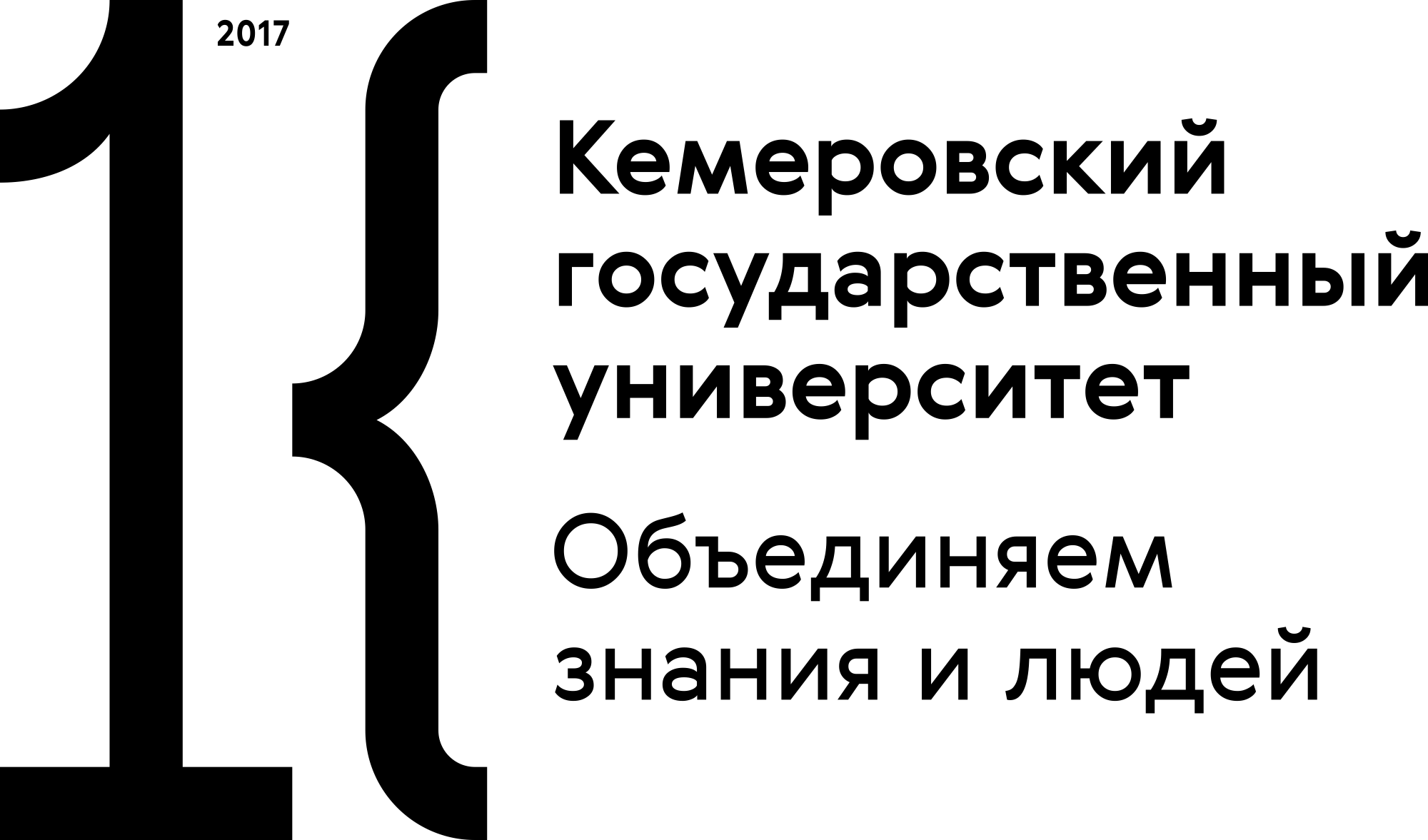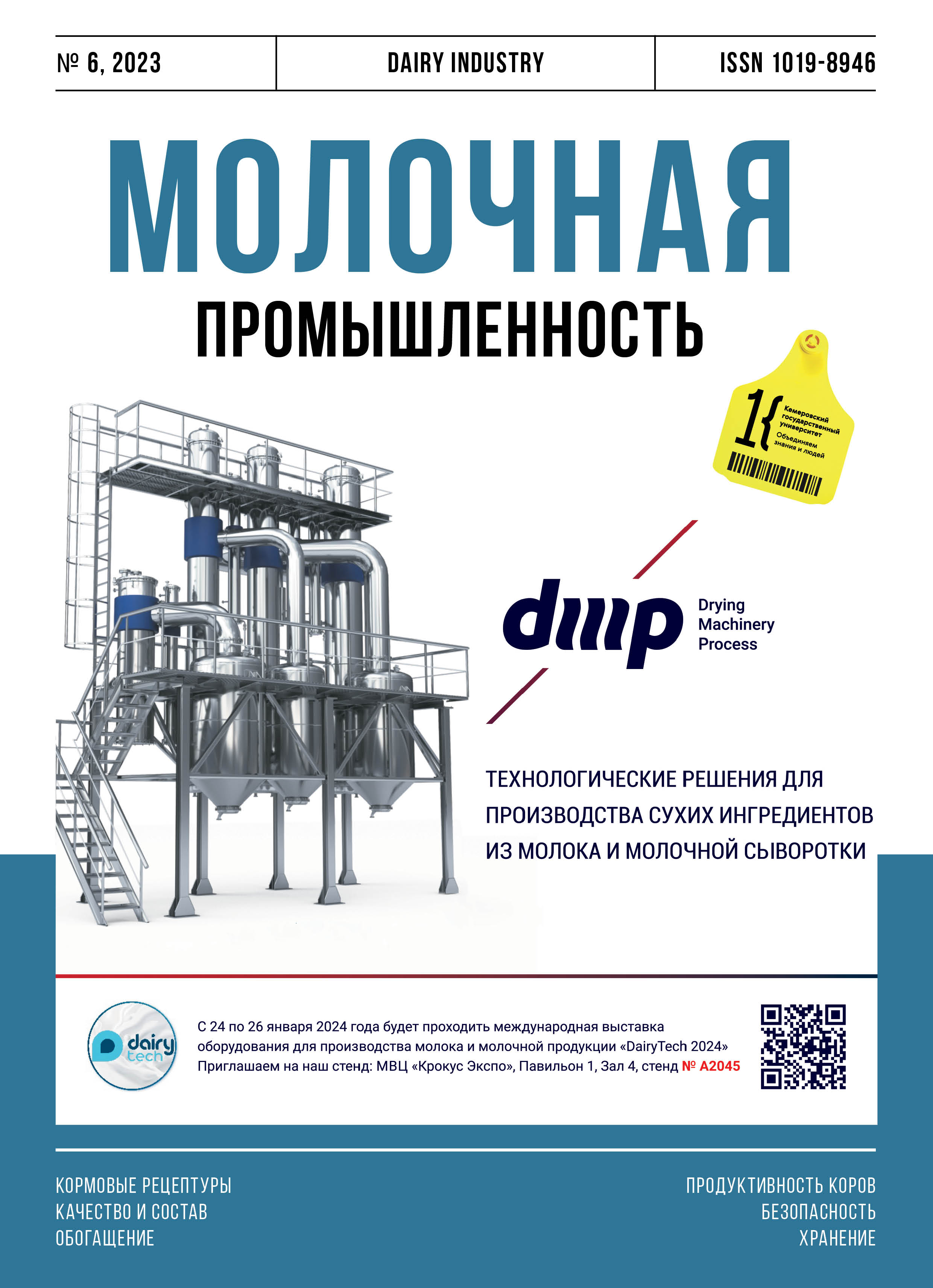Moscow, Russian Federation
Moscow, Russian Federation
New knowledge about biofilm microorganisms and their resistance needs new approaches to disinfection. The article traces the story of electrolysis, as well as inorganic chloractive and oxygen-active disinfectants. It describes the basic electrolysis scheme for obtaining salines and electrochemically activated substances. As a rule, their properties determine the target efficiency of the disinfectant. Certain electrochemical processes occur in anodic and cathodic chambers during electrolysis. They are associated with redox reactions of strongly adsorbed electroactive intermediate molecular forms obtained from water. They depend on the concentration of electrolyte in the solution, current power, electrolysis time, temperature, etc. The electrolytic method has good industrial prospects as it simultaneously produces chloractive anolyte solutions and alkaline catholyte solutions. They can be used as a complex for equipment sanitization purposes.
electrolysis, electrochemically activated solutions, anolyte, catholyte, disinfection, sanitation
1. Tutel'yan, A. V. Metody bor'by s biologicheskimi plenkami na pischevyh proizvodstvah / A. V. Tutel'yan [i dr.] // Molochnaya promyshlennost'. 2020. № 11. S. 48-53.
2. Mel'nikova, G. N. Analiz sovremennyh sredstv i tehnologiy protivodeystviya rezistentnosti mikroorganizmov / G. N. Mel'nikova // Kontrol' i profilaktika infekciy, svyazannyh s okazaniem medicinskoy pomoschi (ISMP-2023): sbornik tezisov XI kongressa s mezhdunarodnym uchastiem (23-24 noyabrya 2023 g.). - M.: FBUN CNII Epidemiologii Rospotrebnadzora, 2023 g. S. 61-62.
3. Fil'chakova, S. A. Sanitariya i gigiena na predpriyatiyah molochnoy promyshlennosti / S. A. Fil'chakova. - M.: DeLi print, 2008. - 276 s.
4. Manevich, B. V. Aktual'nost' udaleniya ostatochnyh kolichestv kislorodaktivnyh dezinficiruyuschih sredstv s kontaktnyh poverhnostey molochnogo oborudovaniya / B. V. Manevich, Zh. I. Kuzina, E. A. Burykina // Pischevaya promyshlennost'. 2023. № 02. S. 40-43.
5. Morozov, A. M. Istoricheskie aspekty aseptiki i antiseptiki / A. M. Morozov // Vestnik medicinskogo instituta «Reaviz»: reabilitaciya, vrach i zdorov'e. 2021. № 6 (54). S. 94-103. https://doi.org/10.20340/vmi-rvz.2021.5. HLTHCR.2
6. Makacariya, N. A. Ignac Filipp Zemmel'veys / N. A. Makacariya // Akusherstvo, ginekologiya i reprodukciya. 2016. T. 10. № 1. S. 129-131.
7. White, G. C. Chemistry of chlorination / G. C. White // Handbook of chlorination and alternative disinfectants. 1999. S. 212-287.
8. Fatica, M. K. The use of chlorination and alternative sanitizers in the produce industry / M. K. Fatica, K. R. Schneider // CABI Reviews. 2009. № 2009. S. 1-10.
9. Mercer, W. A. Chlorine in food plant sanitation / W. A. Mercer, I. I. Somers // Advances in Food Research. 1957. Vol. 7. P. 129-169.
10. Samohin, V. P. Pamyati Maykla Faradeya (1791-1867) / V. P. Samohin, K. V. Mescherinova // Mashinostroenie i komp'yuternye tehnologii. 2018. № 01. S. 65-112.
11. Shuhardin, S. V. Tehnika v ee istoricheskom razvitii / S. V. Shuhardin, N. K. Laman, A. S. Fedorov - M.: Nauka, 1979. - 416 s.
12. Kul'skiy, L. A. Obezvrezhivanie i ochistka vody hlorom / L. A. Kul'skiy - M.: Leningrad: Ministerstvo kommun. hoz-va RSFSR, 1947. - 423 s.
13. Sletten, O. Halogens and their role in disinfection / O. Sletten // Journal American Water Works Association. 1974. Vol. 66. № 12. P. 690-692.
14. Prilutsky, V. I. Electrochemically activated water: anomalous properties, mechanism of biological action / V. I. Prilutsky, V. M. Bakhir // VNIII of Med Eng. 1997. P. 232.
15. Kraft, A. Electrochemical water disinfection: a short review / A. Kraft // Platinum metals review. 2008. Vol. 52. № 3. P. 177-185.
16. Barrott, L. P. Comparative evaluation of two novel disinfection methods for small community water treatment in developing countries / L. P. Barrott, B. J. Lloyd, N. J. D. Graham // Aqua (London). 1990. Vol. 39. № 6. P. 396-404.
17. Bahir, V. M. Effektivnost' i bezopasnost' himicheskih sredstv dlya dezinfekcii, predsterilizacionnoy ochistki i sterilizacii / V. M. Bahir [i dr.] Dezinfekcionnoe delo. 2003. № 1. S. 29-36.
18. Panicheva, S. A. Novye tehnologii dezinfekcii i sterilizacii slozhnyh izdeliy medicinskogo naznacheniya / S. A. Panicheva. - M.: VNIIIMT, 1998. - 122 s.
19. Huang, Y. R. Application of electrolyzed water in the food industry / Y. R. Huang [et al.] // Food control. 2008. Vol. 19. № 4. P. 329-345.
20. Hricova, D. Electrolyzed water and its application in the food industry / D. Hricova, R. Stephan, C. Zweifel // Journal of food protection. 2008. Vol. 71. № 9. P. 1934-1947.
21. Trasatti, S. Progress in the understanding of the mechanism of chlorine evolution at oxide electrodes / S. Trasatti // Electrochimica acta. 1987. Vol. 32. № 3. P. 369-382.
22. Trasatti, S. Electrocatalysis: understanding the success of DSA® / S. Trasatti // Electrochimica Acta. 2000. Vol. 45. № 15-16. P. 2377-2385.
23. Evdokimov, S. V. Mechanism of chlorine evolution-ionization on dimensionally stable anodes / S. V. Evdokimov // Russian journal of electrochemistry. 2000. T. 36. S. 227-230.
24. Archakov, A. I. Okislenie chuzherodnyh soedineniy i problemy toksikologii / A. I. Archakov, I. I. Karuzina // Vestnik AMN SSSR. 1988. №1. S. 14-28.
25. Bakhir, V. M. Electrochemical activation inventions systems technology. / V. M. Bakhir [et al.]. Moscow: Viva-Star Printing Plant Publ., 2021. 660 p.
26. Ignatov, I. Preparation of electrochemically activated water solutions (catholyte/anolyte) and studying their physical-chemical properties / I. Ignatov [et al.] // Journal of Medicine, Physiology and Biophysics. 2015. T. 11. S. 1-21.
27. Erenburg, R. PH effect on chlorine reaction kinetics on ruthenium titanium oxide anode / R. Erenburg, L. Krishtalik, N. Rogozhina // Elektrokhimiya. 1984. Vol. 20. P. 1183-1190.
28. McFerson, L. L. Understanding ORP's role in the disinfection process / L. L. McFerson // Water Eng. Management. 1993. Vol. 140. P. 29-31.
29. Bahir, V. M. K probleme poiska putey promyshlennoy i ekologicheskoy bezopasnosti ob'ektov vodopodgotovki i vodootvedeniya ZhKH / V. M. Bahir // Vodosnabzhenie i kanalizaciya. 2009. № 1. S. 56-62.
30. Chittoria, R. K. The role of super oxidized solution in the management of diabetic foot ulcer: our experience / R. K. Chittoria [et al.] // Nepal Med Coll J. 2007. Vol. 9. № 2. P. 125-128.
31. Zhang, J. Impact of reactive oxygen species on cell activity and structural integrity of Gram-positive and Gram-negative bacteria in electrochemical disinfection system / J. Zhang [et al.] // Chemical Engineering Journal. 2023. Vol. 451. P. 138879.
32. Hotta, K. Antimicrobial activity of electrolyzed NaCl solutions: effect on the growth of Streptomyces spp / K. Hotta [et al.] // Actinomycetologica. 1994. Vol. 8. № 2. P. 51-56.
33. Gulabivala, K. Effectiveness of electrochemically activated water as an irrigant in an infected tooth model / K. Gulabivala [et al.] // International endodontic journal. 2004. Vol. 37. № 9. P. 624-631.
34. Khalid, N. I. Alkaline electrolyzed water AS a potential green degreaser for meat processing stainless steel surface / N. I. Khalid [et al.] // Journal of Food Process Engineering. 2023. Vol. 46. - 12. e14465.
35. Liu, Y. Cleaning and bacteria removal in milking systems by alkaline electrolyzed oxidizing water with response surface design / Y. Liu [et al.] // Transactions of the ASABE. 2019. Vol. 62. № 5. P. 1251-1258.
36. Byval'cev, A. I. Svoystva aktivirovannoy vody i ee ispol'zovanie v pischevoy tehnologii / A. I. Byval'cev, G. O. Magomedov, V. A. Byval'cev // Hranenie i pererabotka sel'hozsyr'ya. 2008. № 7. S. 49-53.
37. Rahman, S. M. E. Electrolyzed water as a novel sanitizer in the food industry: current trends and future perspectives / S. M. E. Rahman, I. Khan, D. H. Oh // Comprehensive Reviews in Food Science and Food Safety. 2016. Vol. 15. № 3. P. 471-490.
38. Kim, C. Roles of oxidation-reduction potential in electrolyzed oxidizing and chemically modified water for the inactivation of food-related pathogens / C. Kim, Y. C. Hung, R. E. Brackett // Journal of food protection. 2000. Vol. 63. № 1. P. 19-24.
39. Liao, L. B. The generation and inactivation mechanism of oxidation-reduction potential of electrolyzed oxidizing water / L. B. Liao, W. M. Chen, X. M. Xiao // Journal of Food Engineering. 2007. Vol. 78. № 4. P. 1326-1332.
40. Kuzina, Zh. I. Sanitarno-gigienicheskie meropriyatiya na predpriyatiyah molochnoy promyshlennosti / Zh. I. Kuzina, B. V. Manevich // MOLOKO. Pererabotka i hranenie: kollektivnaya monografiya. - M.: Izdatel'skiy dom «Tipografiya» RAN, 2015. - S. 402-421.






